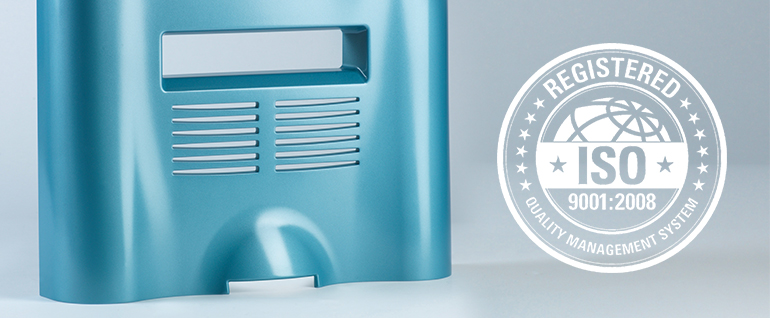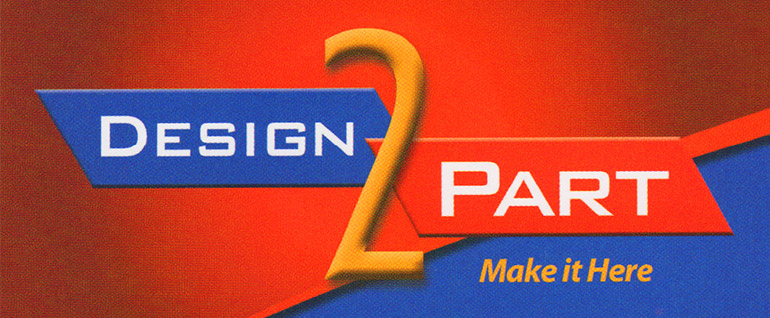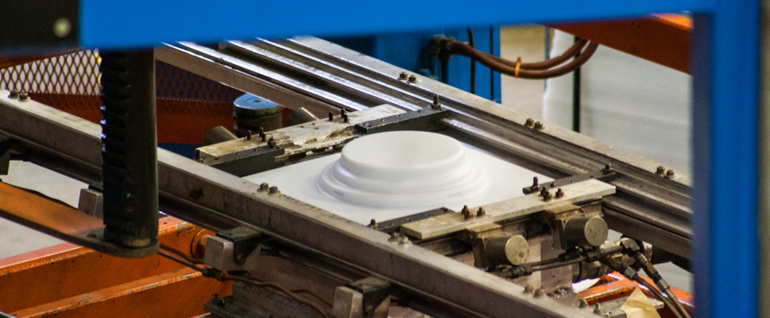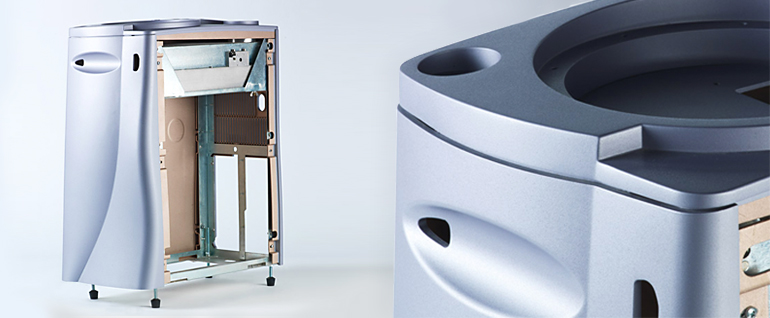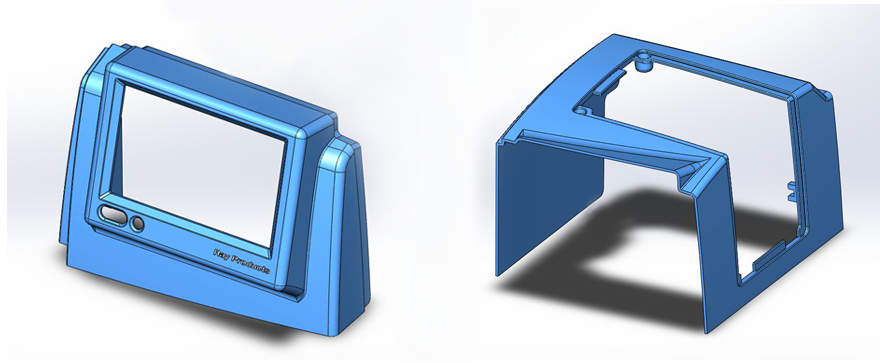You can have the greatest robot in the world being delivered, but if you don’t have the employees who want to embrace the technology, you will have a robot that is going to sit there and do nothing.
-Brian Ray, Plastics Machinery Magazine, July 2016
Unless you’re as obsessed about plastics manufacturing as we are, you might have missed Plastics Machinery Magazine’s interview with Brian Ray, Ray Products’ president.
But don’t worry—we’re always looking out for our non-plastics-manufacturing-obsessed friends.
The interview covers some of Ray Products’ history, the changes we’ve seen over six-plus decades in the plastics manufacturing industry, advances in materials and equipment and where we see the future of plastics manufacturing headed.
So what are you waiting for? Check it out!

